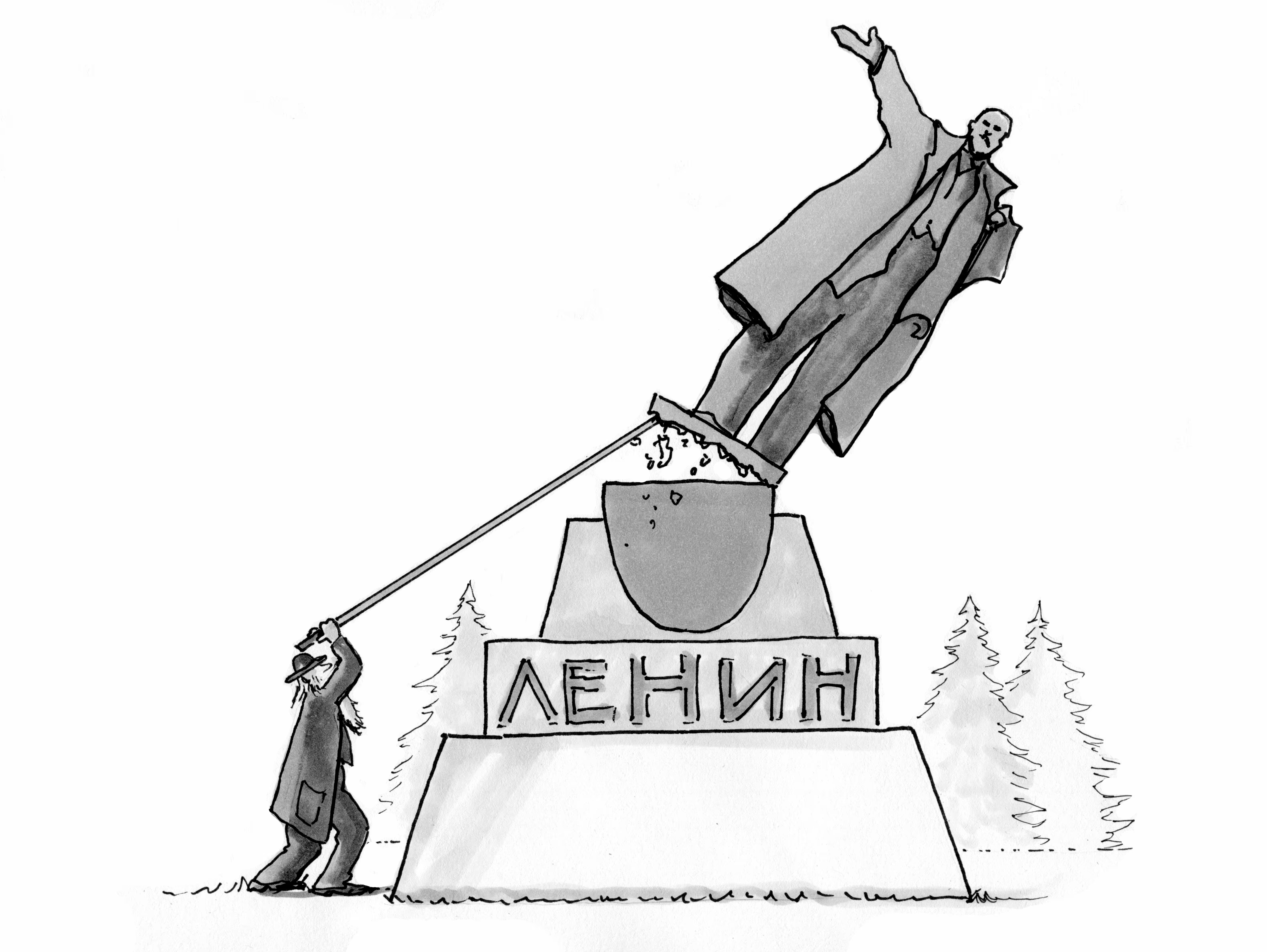Darwin’s emphasis on the “struggle for existence” as the basis for natural selection is one of the most misinterpreted ideas he ever developed. Darwin had made it clear that his use of this Malthusian term was not one to be taken literally as meaning only competitive struggle but should rather be understood “in a large and metaphorical sense.”
As he explained in On the Origin of Species – and at greater length in his unpublished Natural Selection from which Origin was an abbreviated version – this term was to be understood as a metaphorical concept that incorporated multiple meanings. These included “dependence of one being on another,” animals that “struggle with each other” over limited food resources, plants that “struggle for life against the drought” and that “struggle with other fruit-bearing plants, in order to tempt birds to devour and thus disseminate its seeds.”
Darwin’s concept was therefore an umbrella term that he utilized to describe three unique forms of struggle: 1) Cooperative mutualism between individuals in the same species as well as between different species, 2) Competition between individuals in the same species or between one species with another, and 3) Strategies that enhance fitness when confronted by harsh environments. Any of these forms that led to greater fitness, which Darwin defined as “success in leaving progeny,” or reproductive success, would therefore be vital to understanding natural selection.
The overall theme of Darwin’s discussion on this metaphorical struggle can be understood through his example of a “tangled bank” in which there were overlapping layers of struggle and dependency between one species and another. For example, as Darwin explained, a parasite may depend on a certain host species for their survival and would suffer along with their host. Therefore, if the parasites were to seriously injure their animal host, or climactic changes caused their host’s primary foodsource to diminish, those parasites that could not survive in the changed circumstances could perish as well.
Darwin saw no better example of this complicated interrelationship between species than that of the “Misseltoe.” This hemiparasitic plant depended on specific tree species for support, specific insects for fertilization, and specific birds for the diffusion of their seeds. But there would also be a struggle over which plant produced the most seeds with the most tempting pulp for the birds, which seeds grew best if several were dropped close together, and a struggle between misseltoe and tree since the latter would suffer if they became host for too many.
It was here that Darwin clarified his metaphorical meaning of the term “struggle for existence” and also made it clear he was making a rhetorical choice rather than adopting what he considered to be a more accurate scientific description. As he wrote in Natural Selection (p. 187): “In many of these cases, the term used by Sir C. Lyell of ‘equilibrium in the number of species’ is the more correct but to my mind it expresses far too much quiescence. Hence I shall employ the word struggle.”
This concept of “equilibrium” was a common feature of early nineteenth-century economics and natural science and had Darwin employed what he deemed to be the more correct expression, the political debate over Darwinian theory may have manifested quite differently.
Image: “Metaphorical Darwin” by Julia Suits













